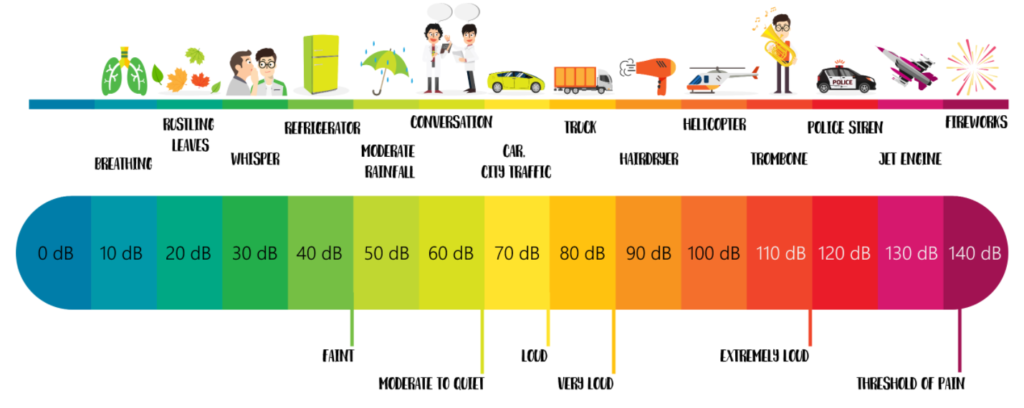
There is no such thing as sound dampening paint. Let’s back up a bit and look at this search term. The term sound dampening paint is not the correct use of terms. The word dampening refers to a process where moisture is added to something. Dampening is a term for the application of moisture. I think the term most people are searching for is sound damping paint not the term sound dampening paint. We are not searching for a paint that will add moisture to an application. We are looking for paint that will have some impact on sound quality. Both terms sound dampening paint and sound damping paint have about the same value as search terms meaning that neither one is a correct usage of terms and will get you no closer to any acoustical truths you are seeking. There is no sound dampening paint or sound damping paint. Paint in any form is not an acoustical tool to use in treating acoustical issues within a room regardless of its size. https://www.britannica.com/science/damping
Damping is a process where sound is absorbed. Absorption and damping can be thought of for purposes of discussion as the same terminology. Sound absorption is the process where we convert airborne energy into heat through friction and this energy transformation produces absorption. absorption along with diffusion are the two main tools we have as engineers to mitigate the issues with both small and large rooms. When we are deciding on what technology to choose for our particular application, we need to look at the frequency and amplitudes or strengths involved with the sound energy we wish to manage. Sound is broken down into what is called a frequency range or frequency response. The frequency response in small rooms will exhibit many low-frequency issues. The frequency response in larger rooms is all about managing the reflections from large surface areas such as an auditorium or gymnasium. When addressing any acoustical issue, you must identify what frequency it is at and how strong it is (amplitude). www.acousticfields.com
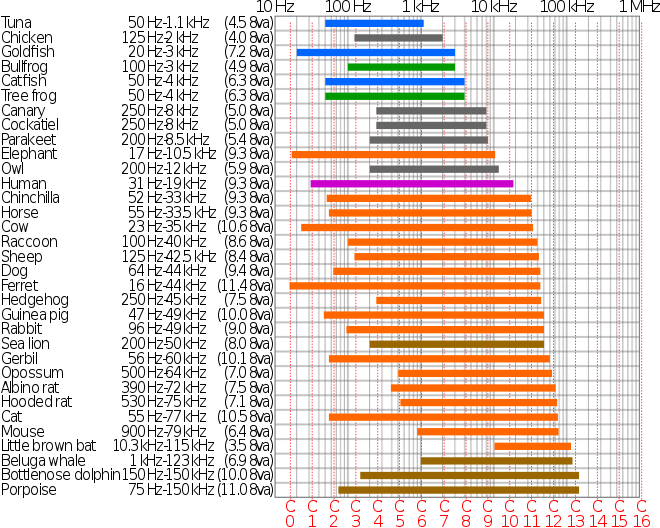
We can for purposes of discussion divide sound into three main categories. We have low-frequency sounds like drums and bass guitar. We have middle frequency energy such as voice and acoustic guitar. We also have higher frequency energy like flutes or the cymbals. The human hearing frequency response range is from 20 Hz. – 20,000 Hz. If you divide that frequency range of human hearing into three parts you have low frequencies, middle frequencies and high frequencies. Low frequencies are wave energy below 100 Hz. Middle frequency energy is between 100 Hz. and 2,000 Hz. High frequency energy is anything over 2 K. If we divide these three parts into two main parts with low frequencies as one part and middle and high frequencies the other part, we then can divide the treatment types into two categories and sound dampening paint will not be one of them. https://en.wikipedia.org/wiki/Hearing_range
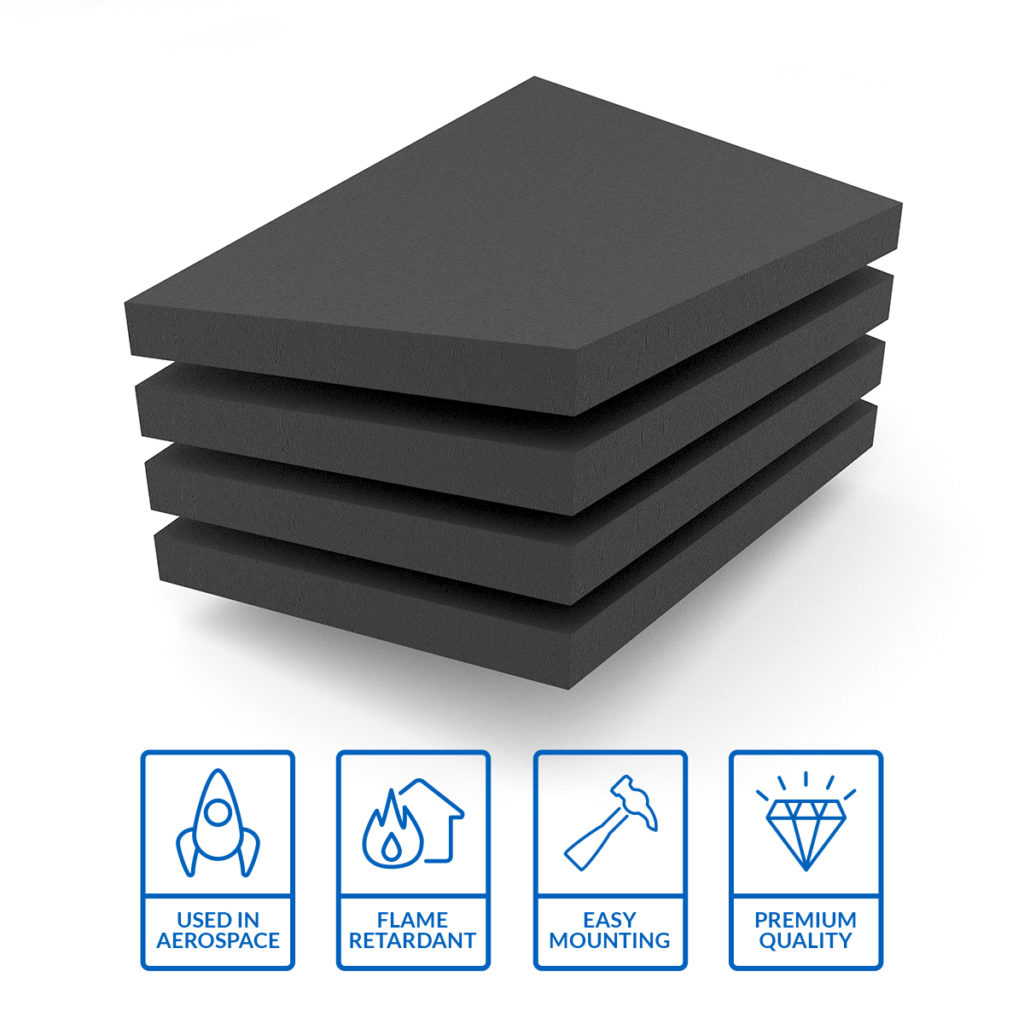
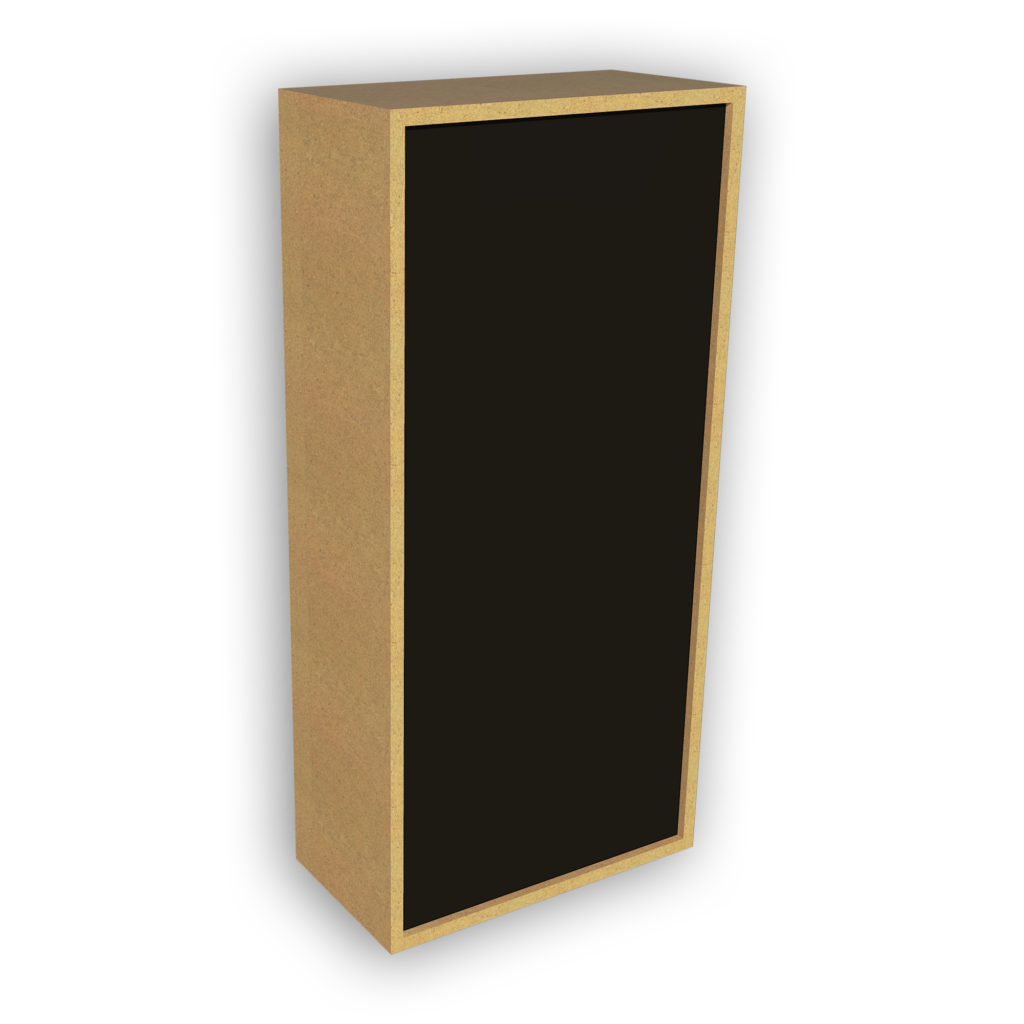
Low frequency energy can be managed using one or a combination of two of three available types of low frequency technology currently in the marketplace. We have Helmholtz, Diaphragmatic, and Membrane. Of the three types, Diaphragmatic is the most powerful per square foot of surface area. It’s the only low-frequency technology type we use at Acoustic Fields. Helmholtz are frequency specific with narrow bands of performance. They are good at targeting specific frequencies of issue or frequency ranges that are limited to a 10 Hz. band of energy. A membrane absorber is the cousin to a diaphragmatic absorber with the same design parameters using a front vibrating plate but that is where the comparison ends. A diaphragmatic absorber has much more density or mass in its design from the front wall diaphragm through the cabinet interior and into the cabinet material itself. Read all about our Carbon Diaphragmatic technology https://www.acousticfields.com/product/acda-10-studio/
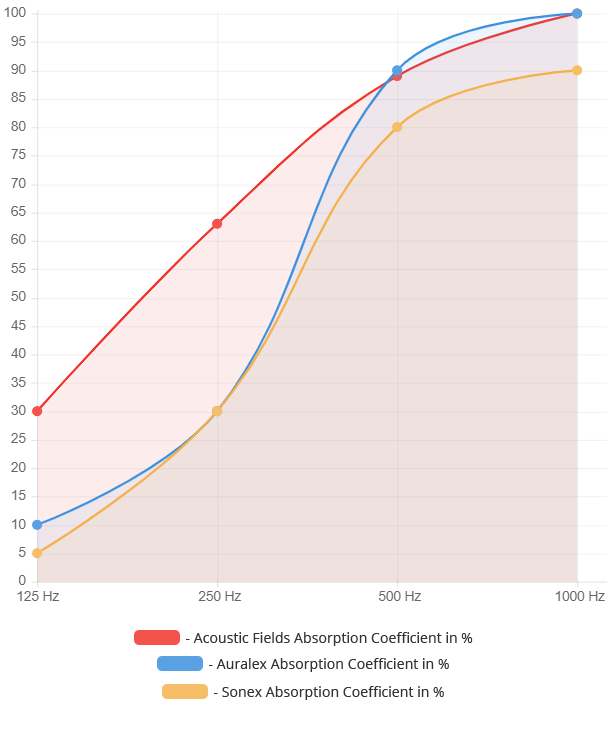
Middle and high frequency absorption can be managed much more easily and at a reduced cost compared to low-frequency absorption. Open celled foams are economical, light weight, and predictable in their rates and levels of absorption. Our Studio Pro Foam took 8 years to develop at a cost of 2 M. It has the smoothest absorption curves ever created for music and voice. Music and voice are different from noise. Music and voice require a smooth steady and gradual rate of absorption beginning at 125 Hz. and advancing through 500 Hz. This is the magical range for middle range frequencies.You must treat this response range with the proper rates and levels of absorption with music and voice. Look at the response curve in the graphic above where our foam is compared against two competitors. Notice the smooth gradual performance of our foam versus theirs. Focus on the frequency range from 125 Hz. – 500 Hz. This is the magic area for music and voice. Notice how they others are not even close to ours in smoothness and linearity. https://www.acousticfields.com/product/acoustic-foam/







